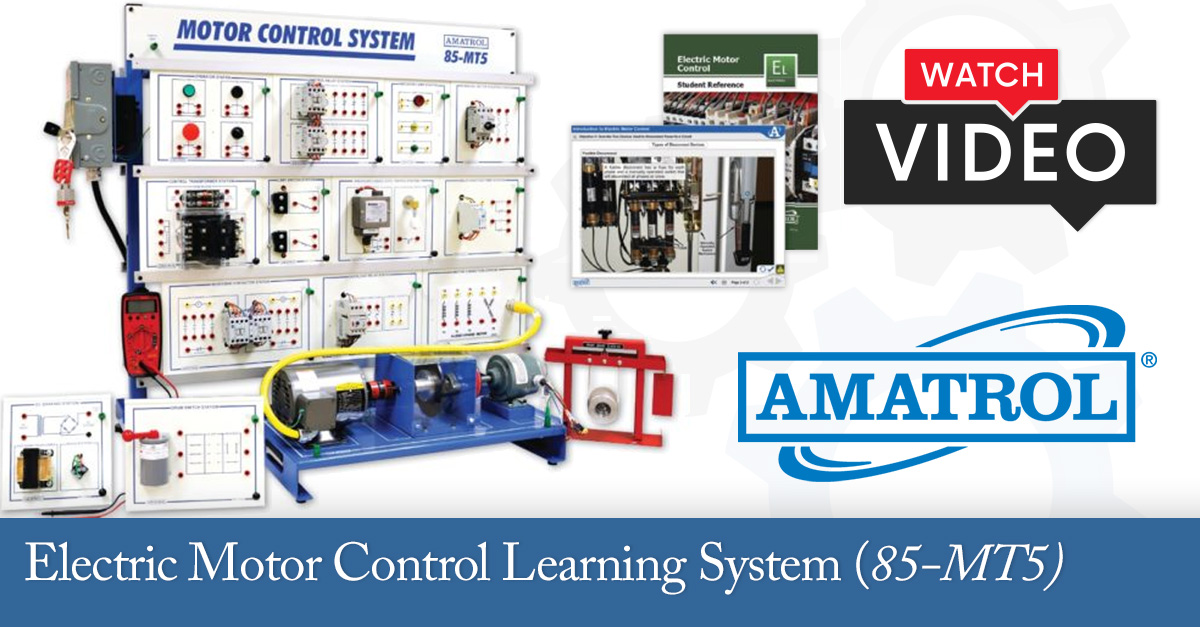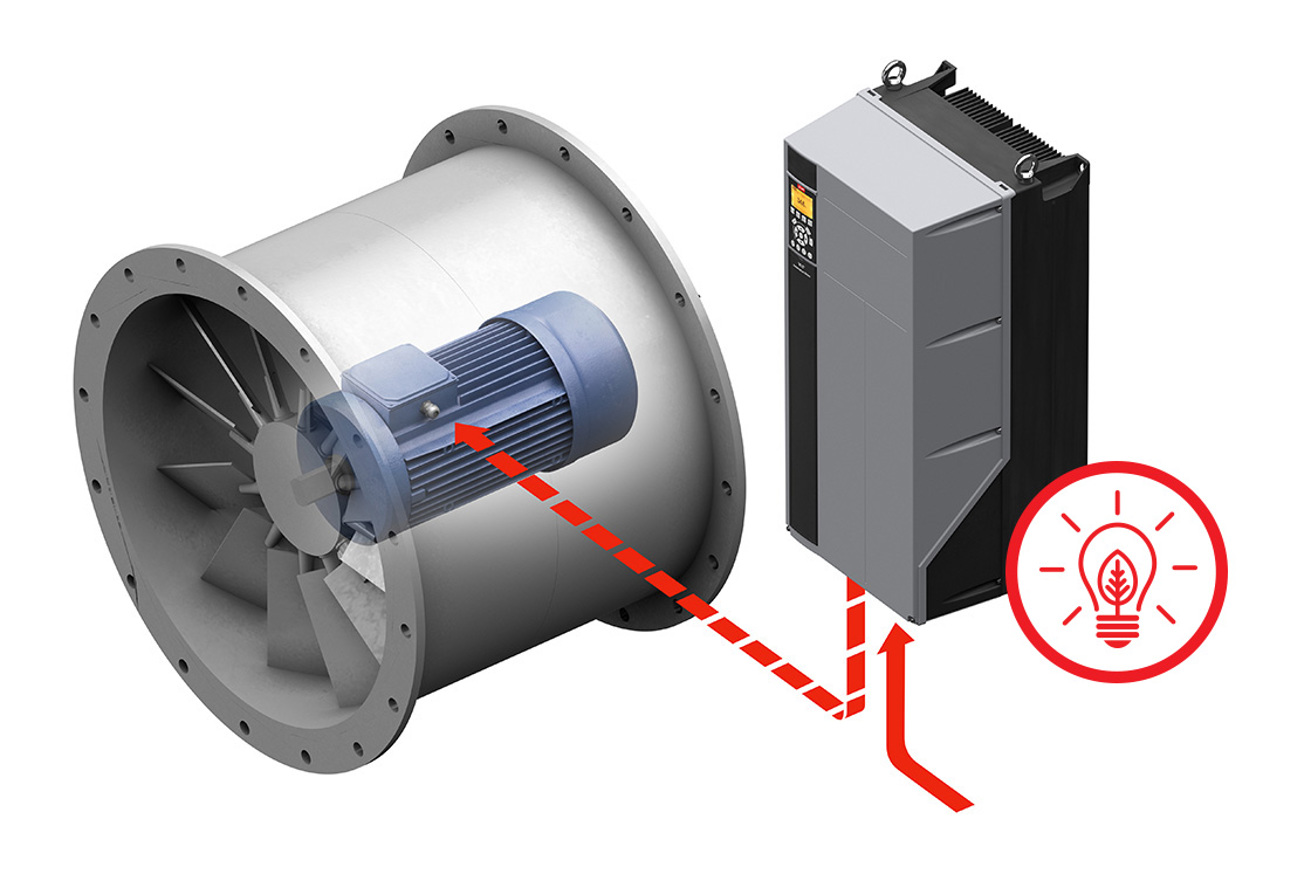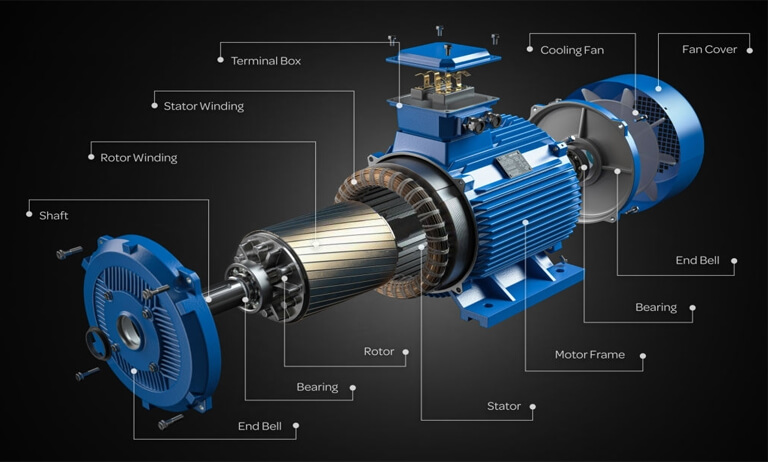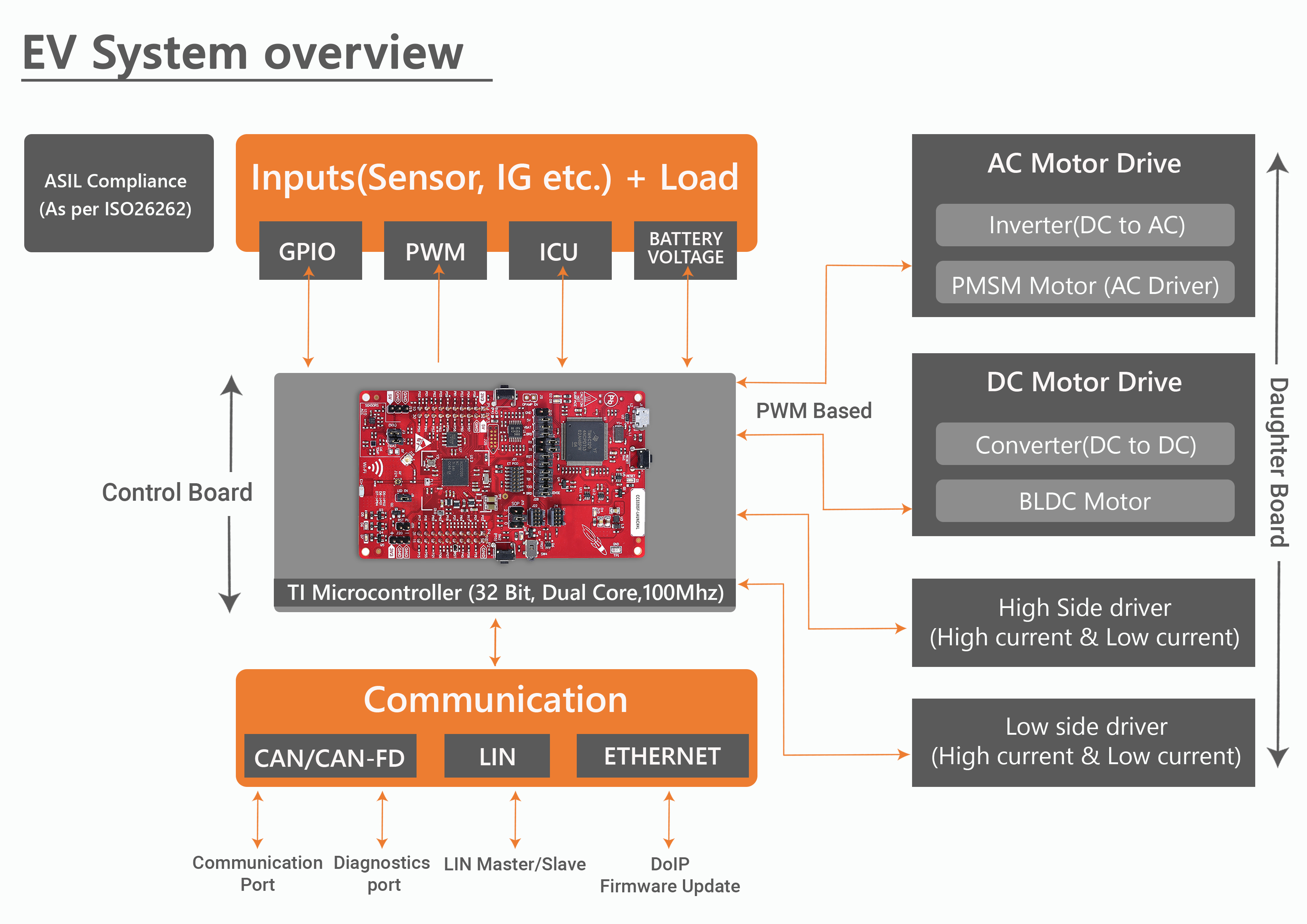Understanding the Fundamentals of Electric Motor Control Systems
Electric motor control systems are a crucial component of industrial automation, enabling the efficient and reliable operation of electric motors in various applications. At its core, an electric motor control system consists of a motor, a controller, and a power supply. The motor is the heart of the system, converting electrical energy into mechanical energy to perform tasks such as pumping, conveying, or compressing. The controller, on the other hand, regulates the flow of electrical energy to the motor, ensuring optimal performance, efficiency, and safety.
There are several types of electric motors used in industrial applications, including AC induction motors, DC motors, and stepper motors. Each type of motor has its unique characteristics, advantages, and disadvantages, making it essential to select the right motor for a specific application. For instance, AC induction motors are widely used in industrial applications due to their robustness, reliability, and low maintenance requirements. In contrast, DC motors are often used in applications requiring high precision and control, such as in robotics and CNC machines.
The control method used in electric motor control systems also plays a critical role in determining the overall performance and efficiency of the system. Common control methods include variable frequency drives (VFDs), soft starters, and motor starters. VFDs, in particular, have gained popularity in recent years due to their ability to optimize motor performance, reduce energy consumption, and increase motor lifespan.
Electric motor control systems are used in a wide range of industrial applications, including manufacturing, oil and gas, water treatment, and HVAC. In these applications, motor control systems enable the efficient and reliable operation of electric motors, reducing energy consumption, and increasing productivity. For example, in a manufacturing plant, electric motor control systems can be used to control the speed and torque of motors used in conveyor belts, pumps, and compressors, ensuring optimal performance and minimizing downtime.
In addition to their industrial applications, electric motor control systems also play a critical role in ensuring safety and reducing the risk of accidents. By regulating the flow of electrical energy to the motor, motor control systems can prevent overheating, electrical shocks, and other hazards associated with electric motors. Furthermore, motor control systems can be designed to meet specific safety standards and regulations, such as those related to arc flash and electrical noise.
In conclusion, electric motor control systems are a vital component of industrial automation, enabling the efficient and reliable operation of electric motors in various applications. By understanding the fundamentals of electric motor control systems, including the different types of motors, control methods, and components involved, industries can optimize their motor control systems to reduce energy consumption, increase productivity, and ensure safety.
How to Choose the Right Motor Control System for Your Application
Selecting the most suitable motor control system for a specific industrial application can be a daunting task, considering the numerous options available in the market. However, by understanding the key factors that influence the choice of a motor control system, industries can make informed decisions that meet their unique requirements. The first step in selecting a motor control system is to identify the type of motor used in the application. Different types of motors, such as AC induction motors, DC motors, and stepper motors, require distinct control methods and components.
Another crucial factor to consider is the power rating of the motor. The power rating of the motor determines the capacity of the motor control system, and selecting a system that is not compatible with the motor’s power rating can lead to inefficient operation, reduced lifespan, and even safety hazards. For instance, a motor control system designed for a low-power motor may not be suitable for a high-power motor, and vice versa.
In addition to motor type and power rating, control requirements also play a significant role in selecting a motor control system. Different applications require distinct control methods, such as variable frequency drives (VFDs), soft starters, and motor starters. VFDs, for example, are commonly used in applications that require precise speed control, such as in pumps, fans, and conveyor belts. On the other hand, soft starters are often used in applications that require gentle acceleration and deceleration, such as in HVAC systems and water treatment plants.
Popular motor control systems like Allen-Bradley and Siemens offer a range of products that cater to different industrial applications. Allen-Bradley’s PowerFlex series, for instance, is a popular choice for VFD applications, while Siemens’ Simotics series is widely used in motor starter applications. When selecting a motor control system, it is essential to consider the product’s features, performance, and compatibility with the motor and application.
Other factors to consider when selecting a motor control system include the system’s scalability, flexibility, and maintainability. A scalable system can be easily upgraded or modified to meet changing application requirements, while a flexible system can be adapted to different motor types and control methods. Maintainability is also crucial, as a system that is easy to maintain can reduce downtime and increase overall efficiency.
By considering these factors and selecting the right motor control system for a specific industrial application, industries can optimize their electric motor control systems to reduce energy consumption, increase productivity, and ensure safety. A well-designed motor control system can also provide real-time monitoring and control, enabling industries to respond quickly to changes in the application and make data-driven decisions.
The Role of Variable Frequency Drives in Electric Motor Control
Variable frequency drives (VFDs) play a crucial role in electric motor control systems, offering numerous benefits that enhance the overall performance and efficiency of industrial applications. A VFD is an electronic device that controls the speed of an electric motor by adjusting the frequency of the electrical power supplied to the motor. This allows for precise control over the motor’s speed, torque, and power output, making VFDs an essential component of modern electric motor control systems.
One of the primary benefits of VFDs is their ability to optimize energy efficiency in electric motor control systems. By adjusting the motor’s speed to match the changing demands of the application, VFDs can significantly reduce energy consumption and lower operating costs. Additionally, VFDs can extend the lifespan of electric motors by reducing wear and tear on the motor’s components, such as bearings and windings.
VFDs are widely used in various industries, including manufacturing, oil and gas, and water treatment. In these applications, VFDs are used to control the speed of motors used in pumps, fans, and conveyor belts, among other equipment. For example, in a manufacturing plant, a VFD can be used to control the speed of a motor used in a conveyor belt, allowing for precise control over the belt’s speed and torque.
The working principle of a VFD is based on the concept of pulse-width modulation (PWM). The VFD converts the incoming AC power to DC power, and then uses PWM to generate a high-frequency AC output that is fed to the motor. The frequency of the output is adjusted to control the motor’s speed, allowing for precise control over the motor’s performance.
When selecting a VFD for an electric motor control system, it is essential to consider factors such as the motor’s power rating, speed range, and control requirements. The VFD should be compatible with the motor’s power rating and speed range, and should offer the necessary control features, such as speed control, torque control, and braking.
Some popular VFD brands include ABB, Siemens, and Rockwell Automation. These brands offer a range of VFD products that cater to different industrial applications, including low-voltage and medium-voltage VFDs, as well as VFDs with advanced features such as energy efficiency and predictive maintenance.
In conclusion, VFDs play a vital role in electric motor control systems, offering numerous benefits that enhance the overall performance and efficiency of industrial applications. By understanding the working principle of VFDs and selecting the right VFD for a specific application, industries can optimize their electric motor control systems to reduce energy consumption, increase productivity, and ensure safety.
Motor Control System Design Considerations for Energy Efficiency
Designing electric motor control systems with energy efficiency in mind is crucial for reducing energy consumption and minimizing environmental impact. By incorporating energy-efficient design principles, industries can optimize their motor control systems to achieve significant energy savings and cost reductions. In this article, we will discuss the key design considerations for energy-efficient motor control systems, including the use of energy-efficient motors, optimizing control algorithms, and implementing power factor correction.
One of the most effective ways to improve energy efficiency in motor control systems is to use energy-efficient motors. Energy-efficient motors, such as those with high-efficiency designs or advanced materials, can significantly reduce energy consumption compared to traditional motors. For example, a high-efficiency motor can achieve energy savings of up to 30% compared to a standard motor.
Optimizing control algorithms is another critical design consideration for energy-efficient motor control systems. By optimizing control algorithms, industries can ensure that their motor control systems operate at optimal efficiency, reducing energy waste and minimizing downtime. For example, advanced control algorithms can optimize motor speed and torque to match changing application demands, reducing energy consumption and improving overall system efficiency.
Implementing power factor correction (PFC) is also essential for energy-efficient motor control systems. PFC involves correcting the power factor of the motor control system to ensure that it operates at optimal efficiency. By implementing PFC, industries can reduce energy consumption, minimize harmonic distortion, and improve overall system reliability.
Other design considerations for energy-efficient motor control systems include the use of regenerative braking, which can recover energy from the motor and feed it back into the power grid, and the implementation of energy-efficient cooling systems, which can reduce energy consumption and minimize environmental impact.
When designing motor control systems for energy efficiency, it is essential to consider the specific application requirements and operating conditions. For example, in applications with high torque demands, a high-efficiency motor with advanced control algorithms may be necessary to achieve optimal efficiency. In contrast, in applications with low torque demands, a standard motor with optimized control algorithms may be sufficient.
By incorporating these design considerations into motor control system design, industries can optimize their systems for energy efficiency, reducing energy consumption and minimizing environmental impact. Additionally, energy-efficient motor control systems can provide significant cost savings, improved system reliability, and enhanced overall performance.
Trends in Electric Motor Control Systems: Advances in Technology and Innovation
The electric motor control systems market is witnessing significant advancements in technology and innovation, driven by the increasing demand for energy efficiency, reliability, and flexibility. One of the key trends in electric motor control systems is the integration of Internet of Things (IoT) technology, which enables real-time monitoring and control of motor performance, energy consumption, and maintenance needs.
Artificial intelligence (AI) and machine learning (ML) are also being increasingly used in electric motor control systems to optimize performance, predict maintenance needs, and detect potential faults. AI-powered motor control systems can analyze data from various sources, such as sensors, motors, and drives, to optimize motor performance and reduce energy consumption.
Another trend in electric motor control systems is the use of cloud-based technologies, which enable remote monitoring and control of motor performance, energy consumption, and maintenance needs. Cloud-based motor control systems can also provide real-time data analytics and insights, enabling industries to make data-driven decisions and optimize their operations.
The integration of electric motor control systems with other industrial automation systems, such as programmable logic controllers (PLCs) and supervisory control and data acquisition (SCADA) systems, is also becoming increasingly popular. This integration enables industries to optimize their operations, reduce energy consumption, and improve overall efficiency.
Advances in power electronics and semiconductor technologies are also driving innovation in electric motor control systems. New power electronic devices, such as insulated gate bipolar transistors (IGBTs) and silicon carbide (SiC) devices, are enabling the development of more efficient, reliable, and compact motor control systems.
Despite these advances, there are also challenges associated with the adoption of new technologies in electric motor control systems. One of the key challenges is the need for skilled personnel to design, install, and maintain these systems. Another challenge is the need for industries to invest in new technologies and infrastructure, which can be costly and time-consuming.
However, the benefits of adopting new technologies in electric motor control systems far outweigh the challenges. By leveraging these technologies, industries can optimize their operations, reduce energy consumption, and improve overall efficiency. As the demand for energy efficiency and reliability continues to grow, the adoption of new technologies in electric motor control systems is likely to increase, driving innovation and growth in the market.
Real-World Applications of Electric Motor Control Systems in Industry
Electric motor control systems are widely used in various industries, including manufacturing, oil and gas, water treatment, and HVAC. These systems play a crucial role in optimizing the performance of electric motors, reducing energy consumption, and improving overall efficiency. In this article, we will showcase real-world examples of electric motor control systems in different industries and highlight their benefits and successes.
In the manufacturing industry, electric motor control systems are used to control the speed and torque of motors used in conveyor belts, pumps, and fans. For example, a manufacturing plant can use a variable frequency drive (VFD) to control the speed of a conveyor belt, optimizing its performance and reducing energy consumption. Similarly, in the oil and gas industry, electric motor control systems are used to control the speed and torque of motors used in pumps and compressors.
In the water treatment industry, electric motor control systems are used to control the speed and torque of motors used in pumps and aerators. For example, a water treatment plant can use a VFD to control the speed of a pump, optimizing its performance and reducing energy consumption. Similarly, in the HVAC industry, electric motor control systems are used to control the speed and torque of motors used in fans and blowers.
One of the key benefits of electric motor control systems is their ability to optimize energy consumption. By controlling the speed and torque of motors, these systems can reduce energy consumption and lower operating costs. Additionally, electric motor control systems can improve the overall efficiency of industrial processes, reducing downtime and increasing productivity.
Another benefit of electric motor control systems is their ability to improve motor lifespan. By controlling the speed and torque of motors, these systems can reduce wear and tear on motor components, extending their lifespan and reducing maintenance costs. Additionally, electric motor control systems can provide real-time monitoring and control of motor performance, enabling industries to detect potential faults and take corrective action.
Some popular examples of electric motor control systems in industry include the use of VFDs in manufacturing, oil and gas, and water treatment applications. Other examples include the use of soft starters in HVAC and industrial applications, and the use of motor starters in manufacturing and oil and gas applications.
In conclusion, electric motor control systems are widely used in various industries, including manufacturing, oil and gas, water treatment, and HVAC. These systems play a crucial role in optimizing the performance of electric motors, reducing energy consumption, and improving overall efficiency. By showcasing real-world examples of electric motor control systems in different industries, we can highlight their benefits and successes and demonstrate their importance in industrial automation.
Common Challenges and Troubleshooting Tips for Electric Motor Control Systems
Electric motor control systems are complex systems that can be prone to various challenges and issues. Some common challenges associated with electric motor control systems include overheating, vibration, and control system faults. These issues can lead to reduced system performance, increased energy consumption, and even system failure. In this article, we will identify common issues and challenges associated with electric motor control systems and provide troubleshooting tips and strategies for resolving these problems.
One of the most common challenges associated with electric motor control systems is overheating. Overheating can occur due to various reasons, such as high ambient temperatures, inadequate cooling, or excessive motor load. To troubleshoot overheating issues, it is essential to identify the root cause of the problem. This can be done by monitoring the motor’s temperature, checking the cooling system, and ensuring that the motor is properly sized for the application.
Another common challenge associated with electric motor control systems is vibration. Vibration can occur due to various reasons, such as unbalanced motors, misaligned couplings, or loose mounting. To troubleshoot vibration issues, it is essential to identify the root cause of the problem. This can be done by checking the motor’s balance, ensuring that the coupling is properly aligned, and tightening any loose mounting.
Control system faults are another common challenge associated with electric motor control systems. Control system faults can occur due to various reasons, such as faulty sensors, incorrect programming, or communication errors. To troubleshoot control system faults, it is essential to identify the root cause of the problem. This can be done by checking the sensor’s calibration, verifying the programming, and ensuring that the communication system is functioning correctly.
Some popular troubleshooting tools and techniques for electric motor control systems include the use of oscilloscopes, multimeters, and thermal imaging cameras. These tools can help identify issues such as voltage imbalances, current spikes, and overheating. Additionally, techniques such as root cause analysis and failure mode and effects analysis (FMEA) can help identify and mitigate potential issues.
Regular maintenance is also essential for ensuring the reliability and performance of electric motor control systems. This includes tasks such as cleaning and inspecting the system, checking and replacing worn-out components, and performing software updates. By performing regular maintenance, industries can reduce the risk of system failure, improve system performance, and extend the lifespan of the system.
In conclusion, electric motor control systems are complex systems that can be prone to various challenges and issues. By identifying common issues and challenges, and providing troubleshooting tips and strategies, industries can ensure the reliability and performance of their systems. Regular maintenance is also essential for ensuring the reliability and performance of electric motor control systems.
Future-Proofing Your Electric Motor Control System for Long-Term Reliability
Ensuring the long-term reliability and maintainability of electric motor control systems is crucial for industries that rely on these systems for their operations. A well-designed and well-maintained electric motor control system can provide years of reliable service, reducing downtime and increasing productivity. In this article, we will provide guidance on ensuring the long-term reliability and maintainability of electric motor control systems, including regular maintenance schedules, spare part management, and upgrade strategies.
Regular maintenance is essential for ensuring the reliability and maintainability of electric motor control systems. This includes tasks such as cleaning and inspecting the system, checking and replacing worn-out components, and performing software updates. By performing regular maintenance, industries can reduce the risk of system failure, improve system performance, and extend the lifespan of the system.
Spare part management is also critical for ensuring the reliability and maintainability of electric motor control systems. This includes identifying and stocking critical spare parts, such as motors, drives, and control components. By having a well-stocked spare part inventory, industries can quickly respond to system failures, reducing downtime and increasing productivity.
Upgrade strategies are also essential for ensuring the long-term reliability and maintainability of electric motor control systems. This includes upgrading to new technologies, such as variable frequency drives (VFDs) and servo motors, and implementing new control algorithms and software. By upgrading to new technologies, industries can improve system performance, reduce energy consumption, and increase productivity.
Some popular upgrade strategies for electric motor control systems include the use of VFDs, servo motors, and motion control systems. VFDs can provide significant energy savings and improve system performance, while servo motors can provide precise control and positioning. Motion control systems can provide advanced control and synchronization capabilities, improving system performance and productivity.
When upgrading electric motor control systems, it is essential to consider factors such as compatibility, scalability, and reliability. This includes ensuring that the new system is compatible with existing infrastructure, scalable to meet future needs, and reliable to minimize downtime. By considering these factors, industries can ensure a successful upgrade and maximize the benefits of their electric motor control system.
In conclusion, ensuring the long-term reliability and maintainability of electric motor control systems is crucial for industries that rely on these systems for their operations. By performing regular maintenance, managing spare parts, and implementing upgrade strategies, industries can reduce downtime, improve system performance, and increase productivity. By following these best practices, industries can future-proof their electric motor control systems and maximize their benefits.






